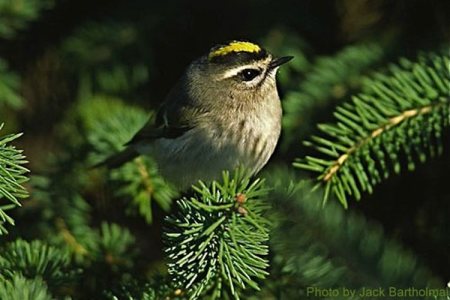
Mapping Avian Influenza Risk in U.S. Wild Songbirds
Also published on NSF.
Scientists have discovered that 22 species of passerines, or songbirds and perching birds, in the contiguous U.S. are carriers of low-pathogenicity avian influenza virus. Pathogenicity is the ability of a germ to produce an infectious disease in an organism.
Analysis of the geographic distribution of the avian influenza virus helps scientists pinpoint areas where transmission events might occur, and how a highly pathogenic form of the disease might spread if it entered wild bird populations in the U.S.
The researchers’ analysis of samples taken from 225 passerine bird species in 41 U.S. states indicates that the number of these species with low-pathogenicity virus was greater than the number in eight other avian orders, including waterfowl.
Avian influenza virus is an important public health issue because pandemic influenza viruses in people have contained genes from viruses that infect birds. Avian influenza virus subtypes have periodically mutated from low-pathogenicity to high-pathogenicity forms lethal, for example, to poultry.
